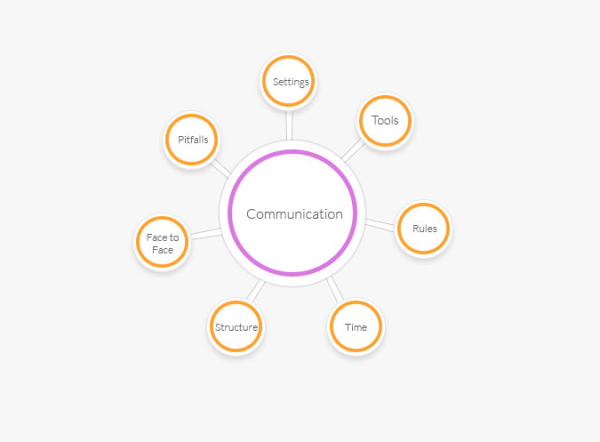We’ve talked quite a bit about distributed innovation and partnerships in our previous posts. We even went over the processes involved in setting them up and scaling. This post is going to zone in on one other key element in running a distributed team: Cooperation.
Cooperation is a critical success factor for every project that runs across multiple locations.
In multi-location projects, teams and individuals are not only confronted with the challenges in the technical and functional aspects of the projects, but also with the greater challenges in the cultural and behavioral aspects of human beings. Good cooperation between all team members prevents wrong designs or wrong development and helps in getting a solid deliverable.
Such projects demand the need for teams which are based out of different locations, setup in different time zones and comprising people coming from diverse cultural backgrounds. These aspects make cooperation extremely challenging and also the most important aspect that will make or break the end result.
To enable good cooperation companies have to make sure that the right conditions are available in order to be as effective as possible. The most effective medium for creating a congenial atmosphere for fruitful cooperation is COMMUNICATION.
The figure below depicts the most important aspects around communication which are critical for successful cooperation are:





